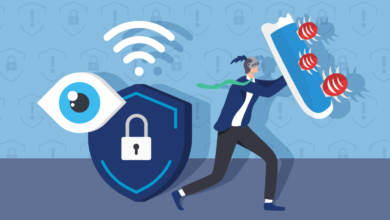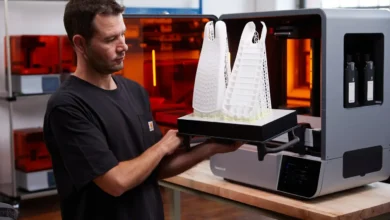The Future of Digital Identity_ How Virtual Avatars and Creator Platforms Are Redefining Online Presence
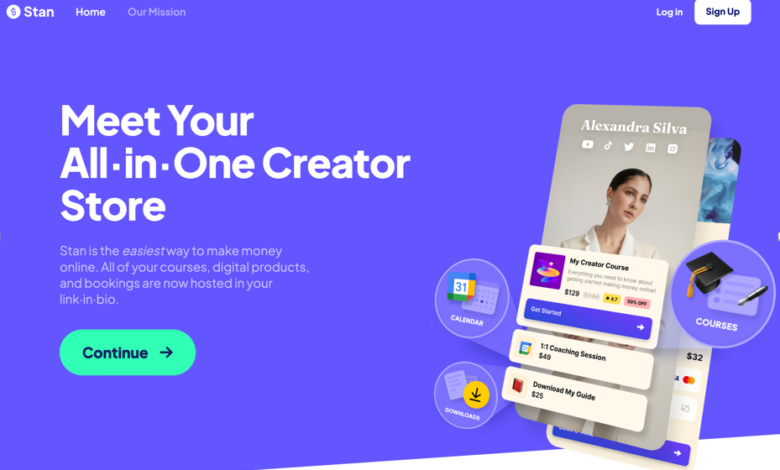
In today’s hyper-connected world, creators and entrepreneurs are no longer limited to traditional ways of building digital identities. The emergence of Avatar Me technology and innovative creator-first platforms like Pop Store are shaping a new era of how individuals, brands, and communities interact online. Beyond simple storefronts or profile pages, these platforms merge identity, monetization, and audience engagement into a single seamless ecosystem. Compared to legacy tools such as Stan Store, this new wave of platforms prioritises experience-driven interactions rather than just transactions.
This shift indicates something bigger: online presence is no longer about “being visible”—it’s about being memorable, interactive, and future-ready.
Why Digital Identity Is Becoming More Important Than Ever
The way we present ourselves online has evolved dramatically in the last decade. Social media initially allowed individuals to connect and share personal stories. Over time, however, audiences have become more demanding. They expect creators and brands to be authentic, entertaining, and innovative—all while providing value.
Digital identity now represents more than just a profile picture or a bio. It involves:
- Interactive experiences: Virtual avatars, live sessions, and immersive content.
- Monetisation opportunities: Direct selling of services, products, or exclusive access.
- Community building: Not just broadcasting but nurturing a loyal, engaged audience.
- Branding consistency: A unique, recognisable identity across multiple channels.
This makes platforms like Pop Store and tools such as Avatar Me crucial. They don’t just provide an online presence—they help creators transform identity into influence.
The Rise of Virtual Avatars in Creator Economy
Avatars have moved beyond gaming. Today, they are used in marketing, education, retail, and content creation. With tools like Avatar Me, creators can design hyper-personalised avatars that act as digital twins.
Some key benefits of virtual avatars include:
- Scalability – Avatars can represent you across platforms without needing your physical presence.
- Personalisation – Tailored avatars resonate with niche audiences and enhance relatability.
- Safety & Privacy – Creators can protect personal identity while still maintaining strong engagement.
- Immersive Experiences – From live events to shoppable videos, avatars make experiences memorable.
As Web3 and the metaverse expand, avatars will likely become the primary interface for digital interaction. For creators, adopting avatar-driven tools early means staying ahead of the competition.
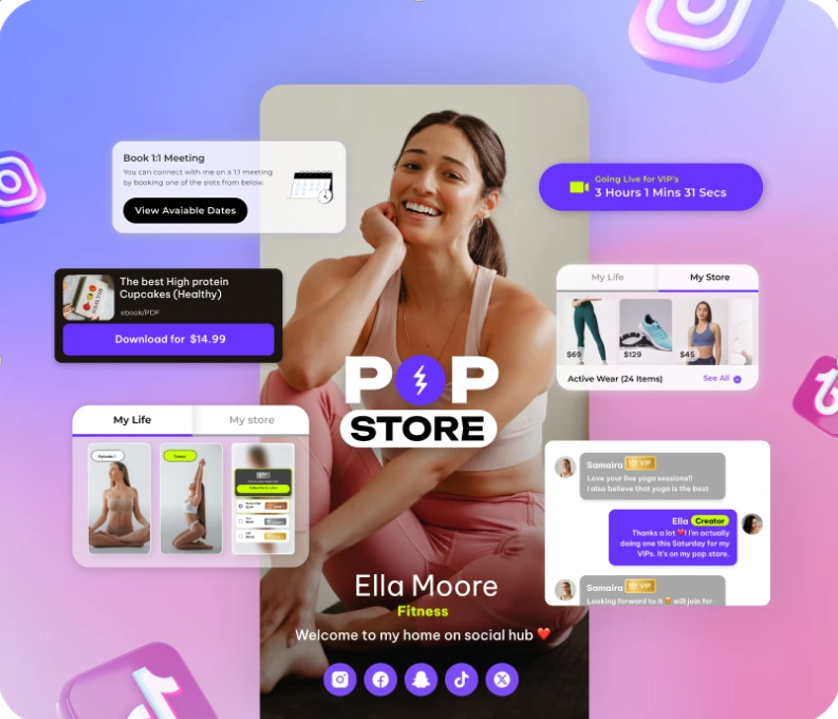
Beyond Traditional Stores: The Creator-First Platform Revolution
Traditional e-commerce platforms were built with businesses in mind, not individual creators. They focus on product listings, payments, and logistics. But creators need more—tools to build influence, showcase identity, and interact dynamically with followers.
That’s where Pop Store comes in. Unlike basic digital storefronts, Pop Store enables:
- Direct monetisation through digital products, consultations, and exclusive experiences.
- Audience engagement via live selling and interactive content.
- Simplified setup that eliminates the tech barrier for non-technical creators.
- Cross-platform integration, helping creators link social media to a central hub.
This approach is why Pop Store is being called a “creator-first ecosystem,” not just another link-in-bio tool.
Pop Store vs Legacy Platforms: The Next Level of Creator Tools
While legacy platforms like Stan Store helped creators establish their initial online presence, the needs of the creator economy have evolved. Today’s creators require:
- Flexible monetisation options beyond digital downloads.
- Identity-driven branding rather than cookie-cutter store pages.
- A single ecosystem that integrates identity, sales, and community.
Pop Store fills these gaps by combining simplicity with depth. Compared to Stan Store, it offers more dynamic engagement tools, making it better suited for modern creators who want to stand out in competitive digital spaces.
See also: A Comprehensive Overview of the LifeWave Lawsuit
How Avatars, Pop Store, and Creator Tools Work Together
The beauty of this new digital ecosystem lies in integration. Avatars provide identity, Pop Store provides infrastructure, and tools like interactive media create connection.
Imagine this:
- A creator builds their unique avatar with Avatar Me.
- They host a live event on Pop Store, where the avatar engages with fans in real time.
- Audiences don’t just watch—they purchase products directly during the event.
- The entire experience feels authentic, futuristic, and interactive.
This is not just selling. It’s storytelling, branding, and community-building rolled into one.
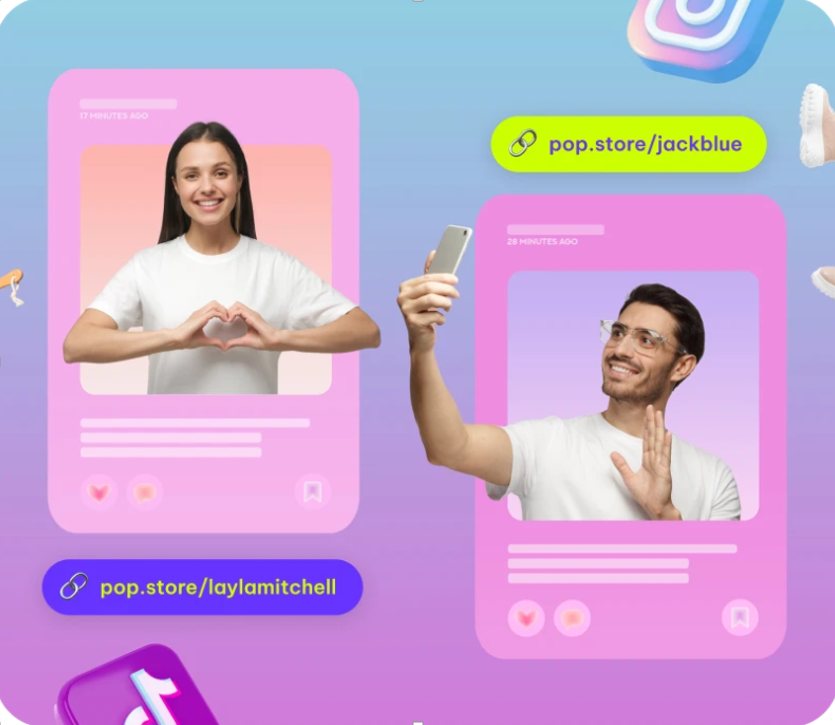
Why Experience-Driven Platforms Are the Future
The next stage of digital commerce is experience-first. Audiences don’t want static web pages or uninspired e-stores. They want:
- Immersive live experiences instead of passive browsing.
- Authenticity through avatars and personal identity.
- Interactive monetisation models where buying feels like a natural part of the experience.
Platforms that provide these will dominate the future of the creator economy.
Tips for Creators to Build a Strong Digital Identity
- Invest in your avatar – A well-designed avatar helps you create lasting impressions.
- Go beyond links – Use platforms like Pop Store to engage, not just sell.
- Focus on storytelling – Build narratives around your identity and brand.
- Prioritise authenticity – Audiences can easily detect forced branding.
- Stay future-ready – Adopt emerging tools before they become mainstream.
Final Thoughts
The future of digital identity lies at the intersection of creativity, technology, and commerce. Avatars make creators more engaging, while platforms like Pop Store empower them to monetise without sacrificing authenticity. Compared to older models such as Stan Store, these solutions redefine what it means to be a creator in 2025 and beyond.
In short, creators who adopt Avatar Me for identity and Pop Store for monetisation will lead the next wave of the digital economy, leaving traditional platforms like Stan Store behind. If you are still asking what is pop.store, it is a next-generation creator platform that unifies digital identity, engagement, and monetisation—helping creators build stronger brands and generate sustainable income.
FAQs
Q1. What is Avatar Me, and why should creators use it?
Avatar Me is a tool that lets creators design realistic avatars, helping them engage audiences while protecting privacy. It’s ideal for those who want to scale their presence without always being on camera.
Q2. How is Pop Store different from a regular online store?
Pop Store isn’t just an online store—it’s a creator-first platform. It combines digital product sales, live engagement, and simplified tools in one place.
Q3. Can avatars really help creators earn more?
Yes. Avatars add interactivity and memorability to content, making live selling and community engagement more impactful. This leads to higher conversion rates.
Q4. Why is Pop Store considered better than Stan Store for modern creators?
While Stan Store helped early creators, Pop Store is built for today’s needs—offering more interactive features, identity-driven branding, and broader monetisation tools.
Q5. What’s the future of digital identity in the creator economy?
The future lies in experience-driven platforms where avatars, live engagement, and commerce merge seamlessly—giving creators new ways to monetise and connect.


